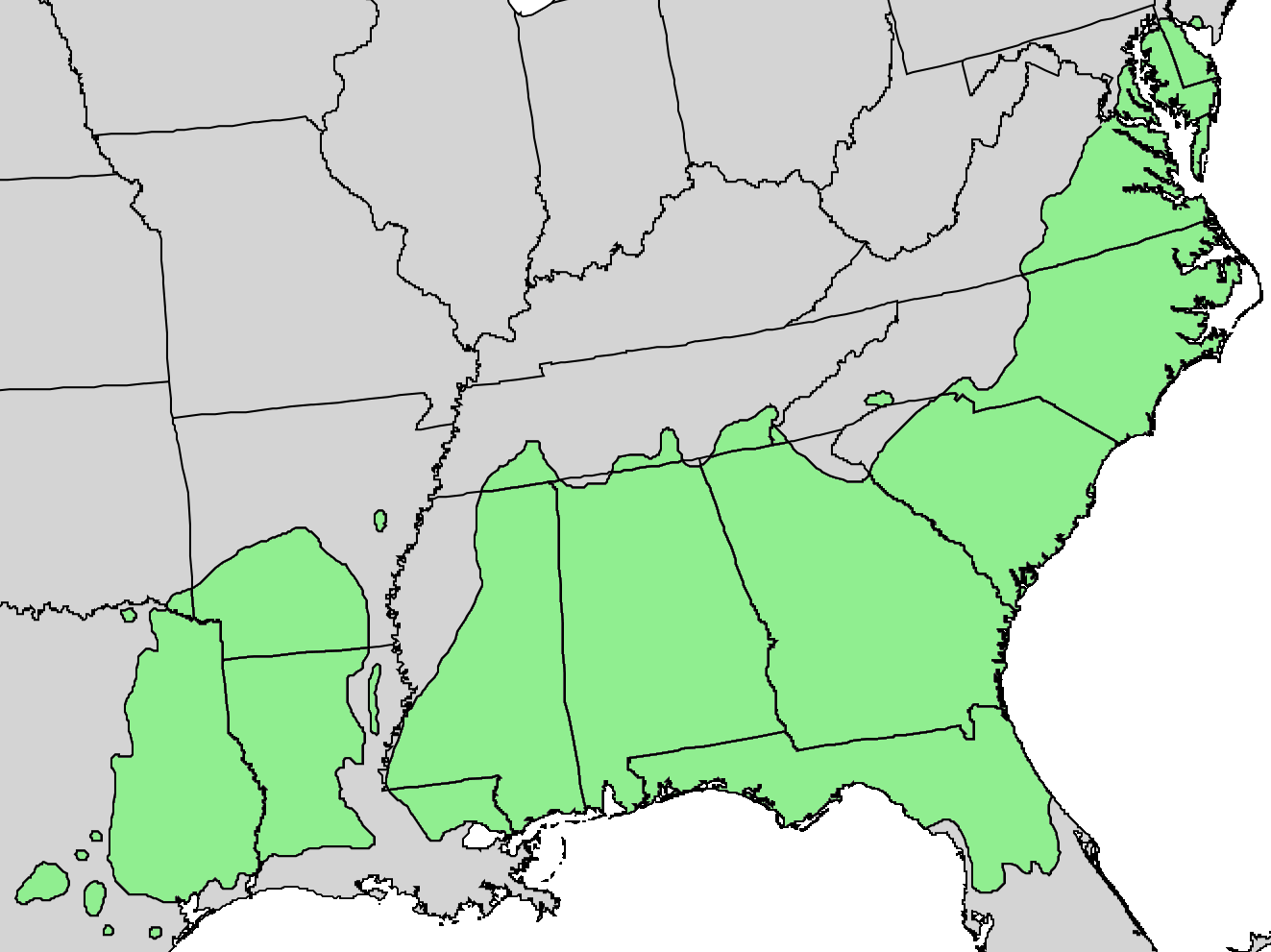Report Exposes Dangerous Climate Whiplash And Its Urban Consequences

Table of Contents
The world is witnessing an alarming increase in the frequency and intensity of extreme weather events. From devastating floods to scorching heatwaves, these occurrences are no longer isolated incidents but rather part of a disturbing trend. A new report shines a light on a particularly dangerous aspect of this crisis: climate whiplash. This phenomenon, characterized by rapid and unpredictable transitions between extreme weather conditions, poses a significant and escalating threat, particularly to our urban centers. This article will explore the findings of this critical report, detailing the devastating consequences of climate whiplash and outlining crucial steps towards building more resilient cities.
Understanding Climate Whiplash
Climate whiplash refers to the rapid succession of contrasting extreme weather events. Instead of experiencing a relatively stable climate, regions are now facing abrupt swings, for example, intense periods of drought immediately followed by devastating floods, or scorching heatwaves abruptly giving way to unusually cold snaps. This unpredictable volatility disrupts ecological systems, challenges infrastructure, and severely impacts human lives.
The scientific community increasingly attributes this increase in climate whiplash to climate change and global warming. The disruption of established weather patterns, amplified by rising global temperatures, creates conditions ripe for extreme weather variability. This heightened climate volatility leads to more frequent and intense rapid climate change events, with shorter recovery periods between them.
- Increased frequency of extreme weather events: We're seeing more frequent occurrences of both extremes within shorter timeframes.
- Shorter recovery periods between events: Communities often lack sufficient time to recover from one event before the next strikes.
- Cascading effects of multiple extreme events: One extreme event can exacerbate the vulnerability of a region to subsequent events, leading to a chain reaction of devastation.
- Difficulty in predicting and preparing for these events: The unpredictable nature of climate whiplash makes it exceptionally challenging for urban planners and emergency services to prepare effectively.
Urban Vulnerabilities to Climate Whiplash
Urban areas are uniquely vulnerable to the impacts of climate whiplash. High population density, extensive infrastructure networks, and existing socio-economic inequalities amplify the effects of extreme weather events. The urban heat island effect, for instance, intensifies heatwaves, while limited drainage systems struggle to cope with intense rainfall, leading to severe flooding.
- Overburdened drainage systems during intense rainfall: Sudden downpours quickly overwhelm aging infrastructure, causing widespread flooding and water damage.
- Heat stress and health risks during heatwaves: Prolonged heatwaves, especially in densely populated urban areas, pose significant health risks, particularly for vulnerable populations.
- Increased risk of water scarcity during droughts: Rapid transitions from flood to drought conditions can leave urban areas facing critical water shortages.
- Damage to critical infrastructure (power grids, transportation): Extreme weather events can disrupt essential services, leading to widespread power outages and transportation challenges.
- Displacement and social disruption: Extreme weather events can displace populations, leading to social unrest and exacerbating existing inequalities.
Case Studies: Cities Facing Climate Whiplash
Several cities around the globe serve as stark examples of the devastating consequences of climate whiplash. Let's look at a few:
-
City A: Mumbai, India: Mumbai experiences intense monsoon rains followed by periods of drought, leading to flooding, water shortages, and infrastructure damage. Its high population density and limited drainage capacity exacerbate these issues, highlighting the need for improved flood risk management and urban resilience strategies.
-
City B: London, UK: London has faced both extreme heatwaves and intense periods of rainfall in recent years. The heatwaves underscore the challenges posed by the urban heat island effect, while heavy rains test the capacity of its drainage system. These events demonstrate the urgent need for climate adaptation measures in even seemingly prepared cities.
-
City C: Phoenix, Arizona, USA: Phoenix faces extreme heatwaves and drought, putting stress on water resources and infrastructure, impacting the health of its residents. Drought resilience measures and investments in sustainable urban development are vital.
Mitigating Climate Whiplash in Urban Areas
Building urban resilience to climate whiplash requires a multi-faceted approach encompassing infrastructure improvements, effective early warning systems, and robust community engagement. This demands a shift towards sustainable urban development and investment in climate-resilient infrastructure.
- Investing in resilient infrastructure: This includes green infrastructure like permeable pavements and green roofs to manage rainfall, alongside improved flood defenses and more robust power grids.
- Developing early warning systems and emergency response plans: Timely warnings and effective emergency response protocols are crucial for minimizing the impact of extreme events.
- Implementing sustainable urban planning and design practices: Urban planning should incorporate climate resilience from the outset, considering future climate projections.
- Promoting community participation and education: Engaging communities in preparedness and adaptation efforts is vital for success.
- Strengthening social safety nets and supporting vulnerable populations: Protecting the most vulnerable members of society from the impacts of climate whiplash is paramount.
Conclusion
The report clearly demonstrates the escalating threat of climate whiplash and its disproportionate impact on urban populations. The rapid and unpredictable nature of these extreme weather events demands urgent action. We must prioritize investment in climate-resilient infrastructure, strengthen emergency management systems, and actively engage communities in climate action. Building resilient cities is not simply a matter of adaptation; it's a necessity for the safety and well-being of millions. Understanding the threat of climate whiplash is crucial for building resilient cities. Learn more about the report’s findings and discover how you can contribute to creating a more sustainable and climate-resilient urban future. [Link to Report/Relevant Resources]

Featured Posts
-
 Cristiano Ronaldo Ve Marka Degeri Bir Fenomenin Incelenmesi
May 28, 2025
Cristiano Ronaldo Ve Marka Degeri Bir Fenomenin Incelenmesi
May 28, 2025 -
 Rebecca Blacks Unexpected Ama Outfit Shotgun Wedding Chic In Las Vegas
May 28, 2025
Rebecca Blacks Unexpected Ama Outfit Shotgun Wedding Chic In Las Vegas
May 28, 2025 -
 This Springs Echo Of 1968 Predicting Summer Drought
May 28, 2025
This Springs Echo Of 1968 Predicting Summer Drought
May 28, 2025 -
 Revolutionizing Voice Assistant Development Open Ais 2024 Announcements
May 28, 2025
Revolutionizing Voice Assistant Development Open Ais 2024 Announcements
May 28, 2025 -
 The Nine Points That Cost Ajax The Championship A 99th Minute Tragedy
May 28, 2025
The Nine Points That Cost Ajax The Championship A 99th Minute Tragedy
May 28, 2025
